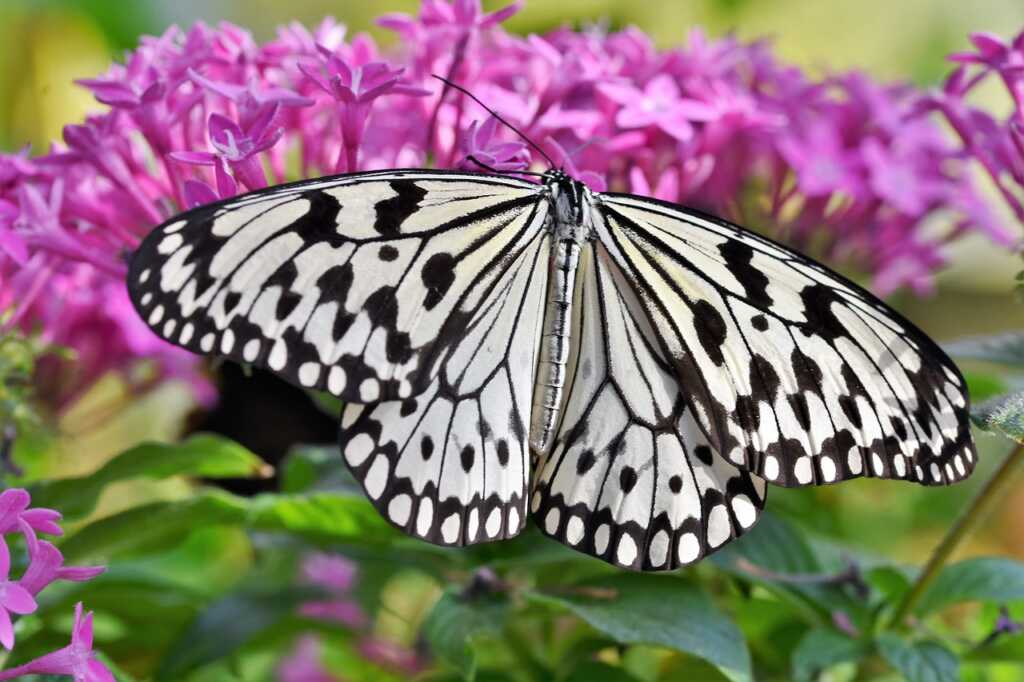
Creating a vibrant, pollinator-friendly garden is a wonderful way to support local ecosystems, enhance the beauty of your outdoor space, and enjoy the delightful sight of bees and butterflies flitting among your plants. Pollinators like bees and butterflies are crucial for the reproduction of many plants, including those we rely on for food. By planting a variety of flowers that provide nectar and pollen, you can help sustain these important creatures.
Bees and butterflies play a crucial role as pollinators in our ecosystems, contributing significantly to biodiversity and the health of our natural environments. These industrious insects are responsible for the pollination of a vast majority of the world’s flowering plants, including many that produce the fruits, vegetables, and nuts we consume daily. Without their tireless work, the availability and variety of our food supply would be greatly diminished.
One of the most important benefits of bees and butterflies is their role in agricultural productivity. Approximately one-third of the food we eat relies on pollinators, with bees being the most significant contributors. Crops such as apples, almonds, blueberries, and tomatoes depend on these insects to transfer pollen from one flower to another, facilitating fertilization and the production of seeds and fruits. This process not only enhances crop yields but also improves the quality and nutritional value of the produce.
Finally, the presence of bees and butterflies enriches our lives aesthetically and culturally. Their vibrant colors and graceful movements bring beauty to gardens and natural landscapes, inspiring art, literature, and traditions across cultures. By understanding and supporting these vital pollinators, we can help ensure the continued health and prosperity of our ecosystems and communities.
In honor of Pollinator Week 2024, which will take place June 17-23, 2024, here are some plants available at PlantVine.com that are perfect for attracting pollinators:
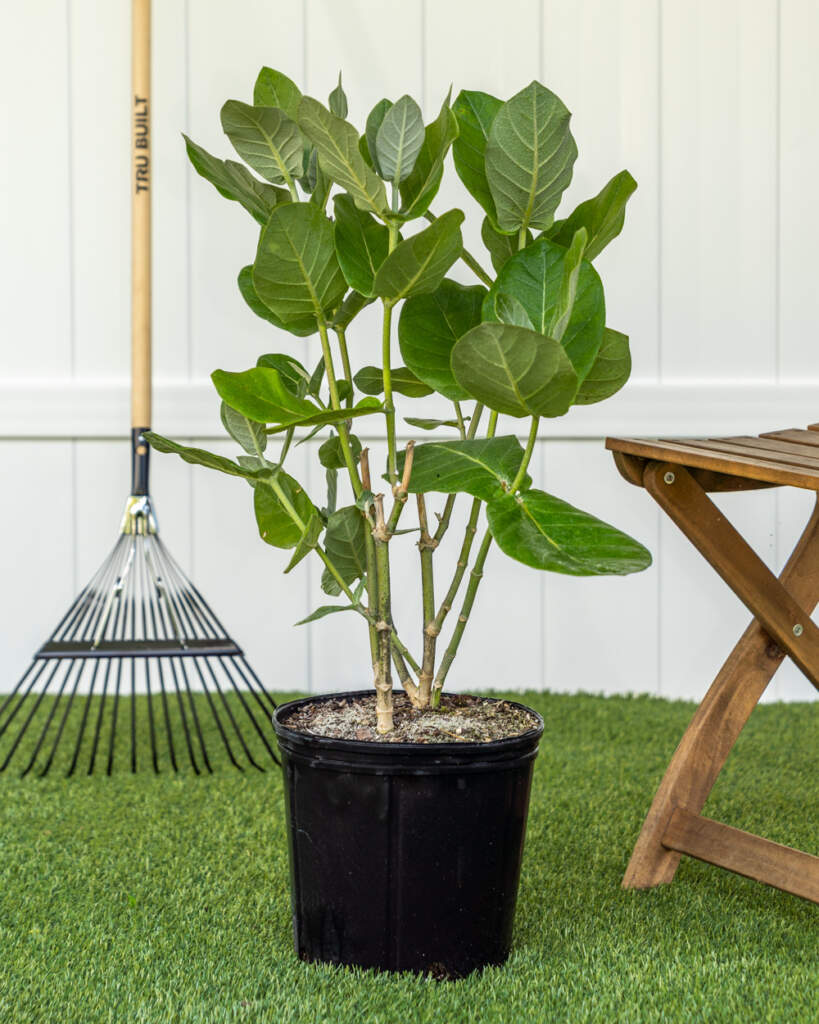
Giant Milkweed
Milkweed (Asclepias spp.)
Milkweed is an essential plant for anyone looking to attract monarch butterflies, as it is the only host plant for their larvae. Native to North America, Milkweed produces clusters of small, fragrant flowers that can be orange, red, pink, or white. These flowers provide abundant nectar for a variety of pollinators. Milkweed thrives in sunny locations with well-drained soil. Once established, it is relatively low-maintenance and drought-tolerant, making it a perfect addition to any garden.
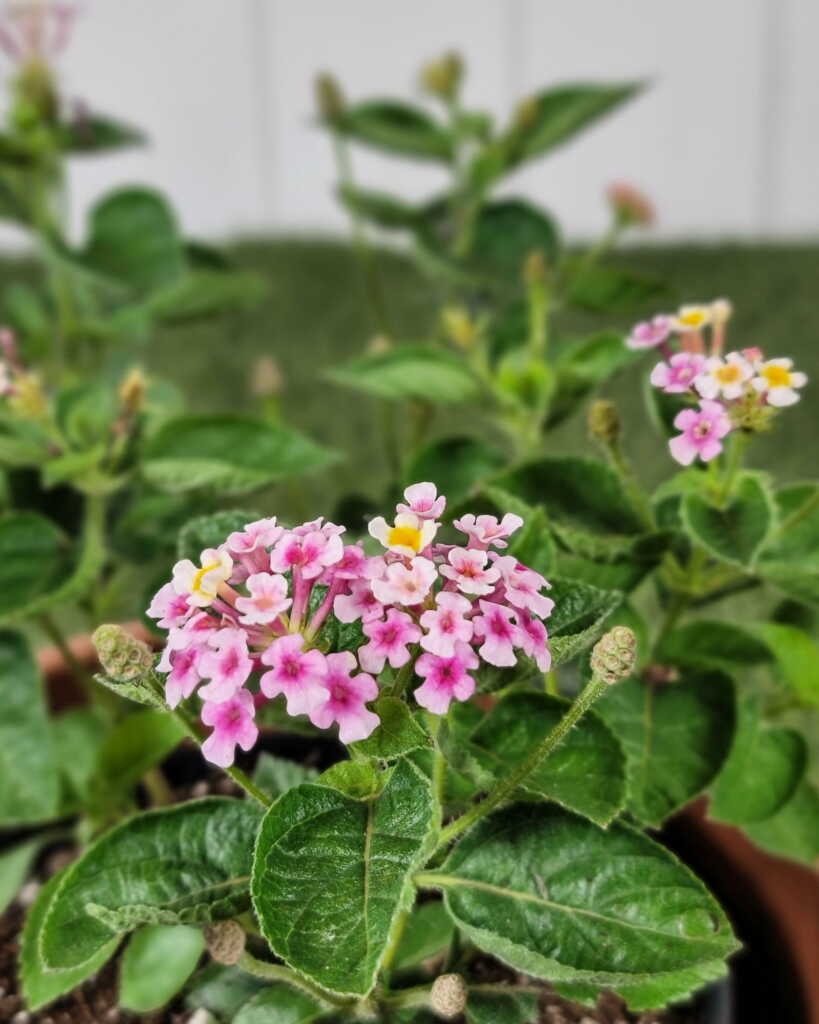
Confetti Lantana camara
Lantana (Lantana camara)
Lantana is a vibrant, tropical plant that produces clusters of small, multicolored flowers. Native to the Americas, Lantana is particularly attractive to butterflies. The flowers come in a range of colors, including yellow, orange, red, pink, and purple, often with multiple colors in a single cluster. Lantana prefers full sun and well-drained soil and is tolerant of heat and drought. This makes it a great choice for adding a splash of color and attracting pollinators to your garden.
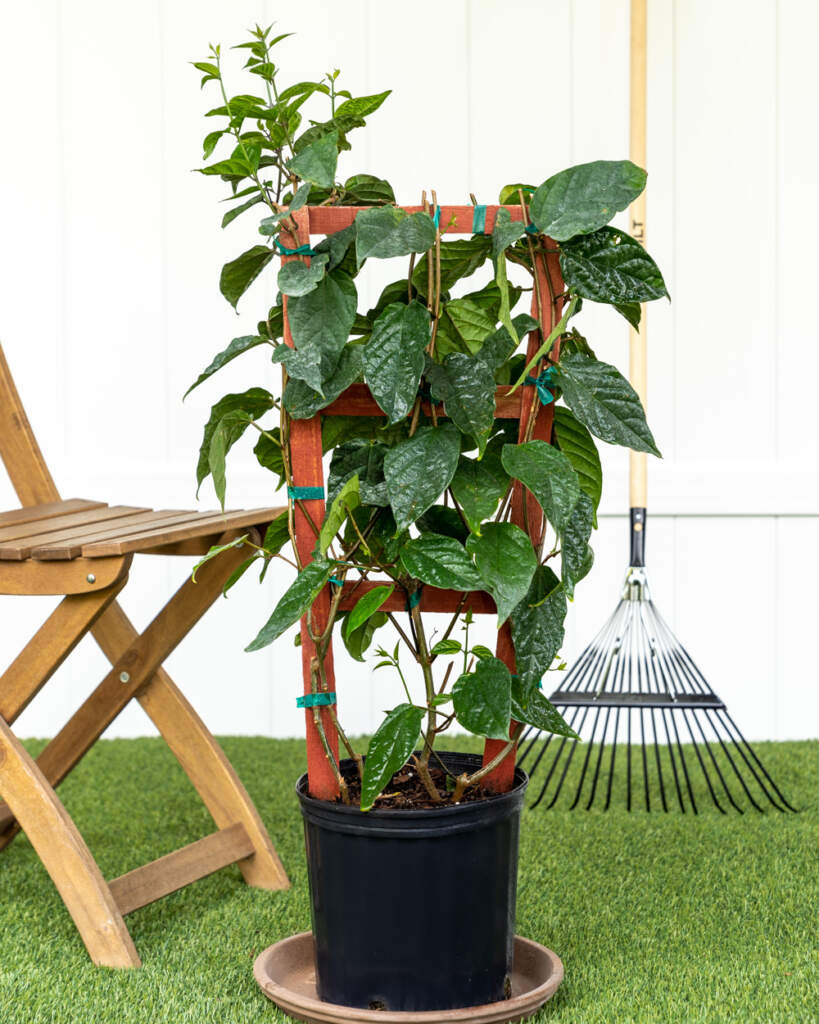
Red Bleeding Heart Vine
Bleeding Heart Vine (Clerodendrum thomsoniae)
The Bleeding Heart Vine, native to tropical West Africa, is known for its striking heart-shaped flowers. The blooms are white with vivid red centers, resembling tiny hearts that dangle from the vine. This plant thrives in partial shade to full sun and prefers well-drained, fertile soil. Its unique, showy flowers are particularly attractive to butterflies, adding a touch of romance and elegance to any garden.
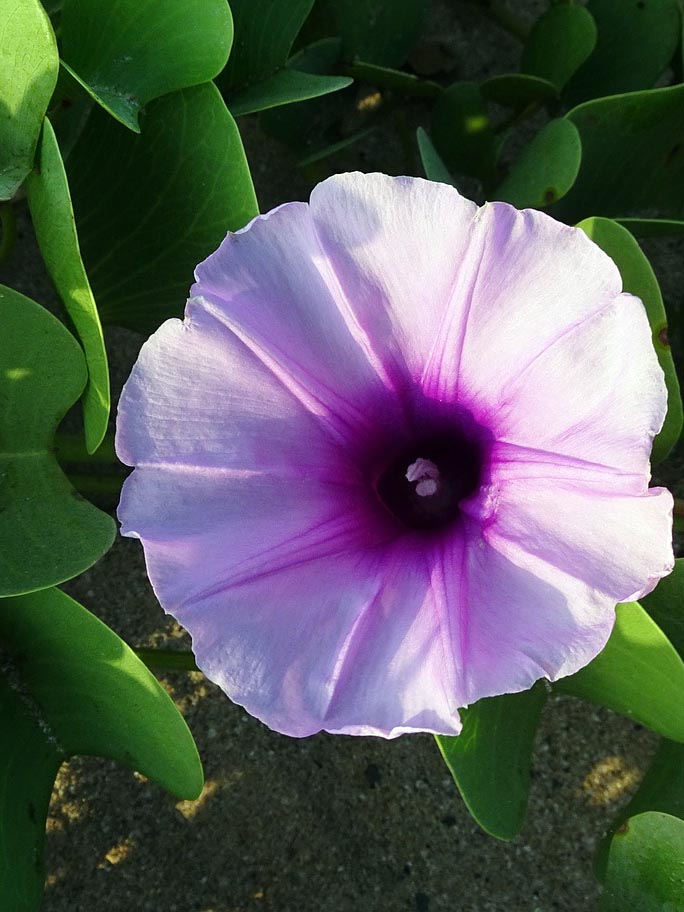
Railroad Vine
Railroad Vine (Ipomoea pes-caprae)
Railroad Vine, also known as Beach Morning Glory, is a sprawling, fast-growing groundcover native to coastal areas. It produces large, funnel-shaped, lavender-pink flowers that open in the morning and close by afternoon. This plant is highly attractive to bees and butterflies due to its abundant nectar. Railroad Vine prefers full sun and sandy, well-drained soil, making it an excellent choice for coastal gardens or areas with poor soil conditions.
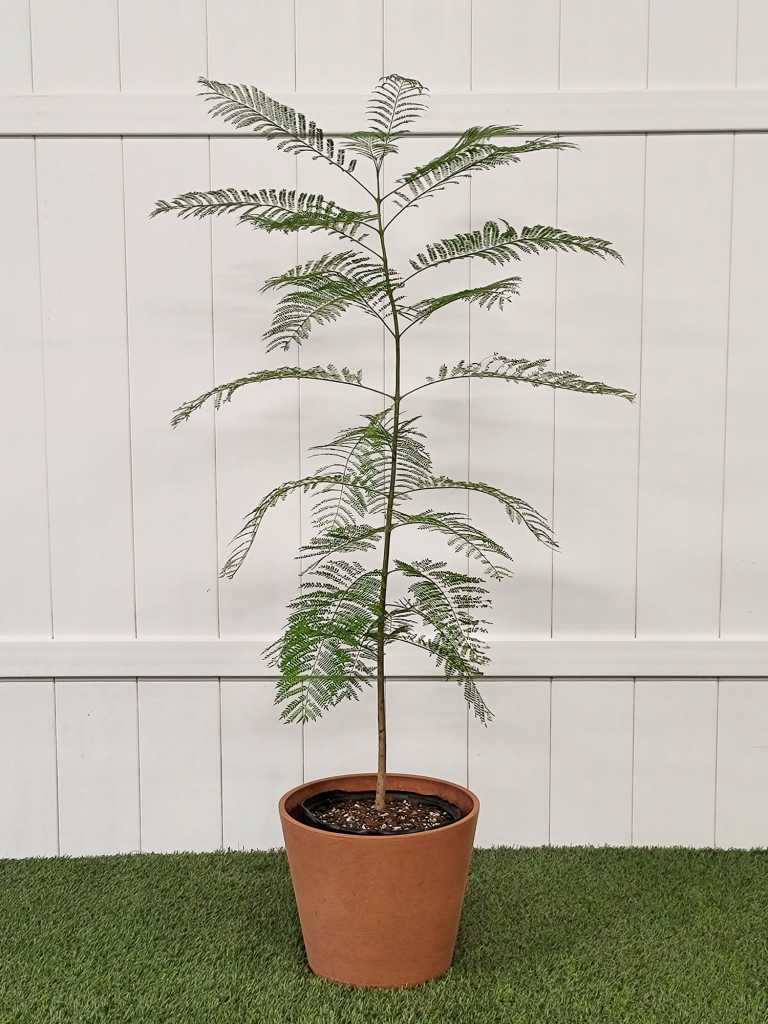
Jacaranda mimosifolia, Jacaranda Tree
Jacaranda Tree (Jacaranda mimosifolia)
The Jacaranda Tree is a stunning, deciduous tree native to South America. It is renowned for its spectacular display of fragrant, lavender-blue, trumpet-shaped flowers that cover the tree in late spring to early summer. These flowers are a rich source of nectar, attracting bees and butterflies. Jacarandas prefer full sun and well-drained soil. Their large size and striking blooms make them a focal point in any garden, providing both beauty and ecological benefits.
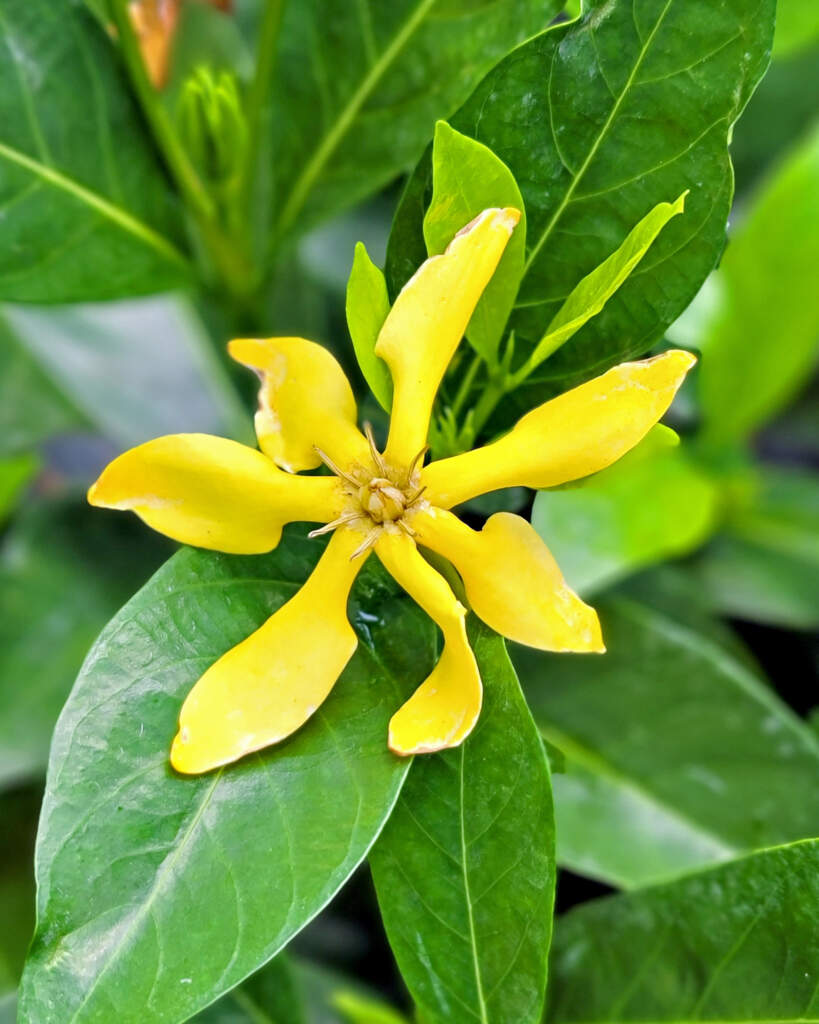
Golden Kula Gardenia
Golden Kula Gardenia (Gardenia tubifera)
The Golden Kula Gardenia is a tropical shrub native to Southeast Asia. It produces large, fragrant, golden-yellow flowers that are highly attractive to bees. Gardenias prefer partial shade to full sun and well-drained, acidic soil. In addition to its beautiful flowers and delightful fragrance, the Golden Kula Gardenia’s glossy, dark green leaves add a lush, tropical feel to any garden. This plant requires regular watering and fertilization to thrive, making it a bit more maintenance-intensive but well worth the effort for its stunning blooms.
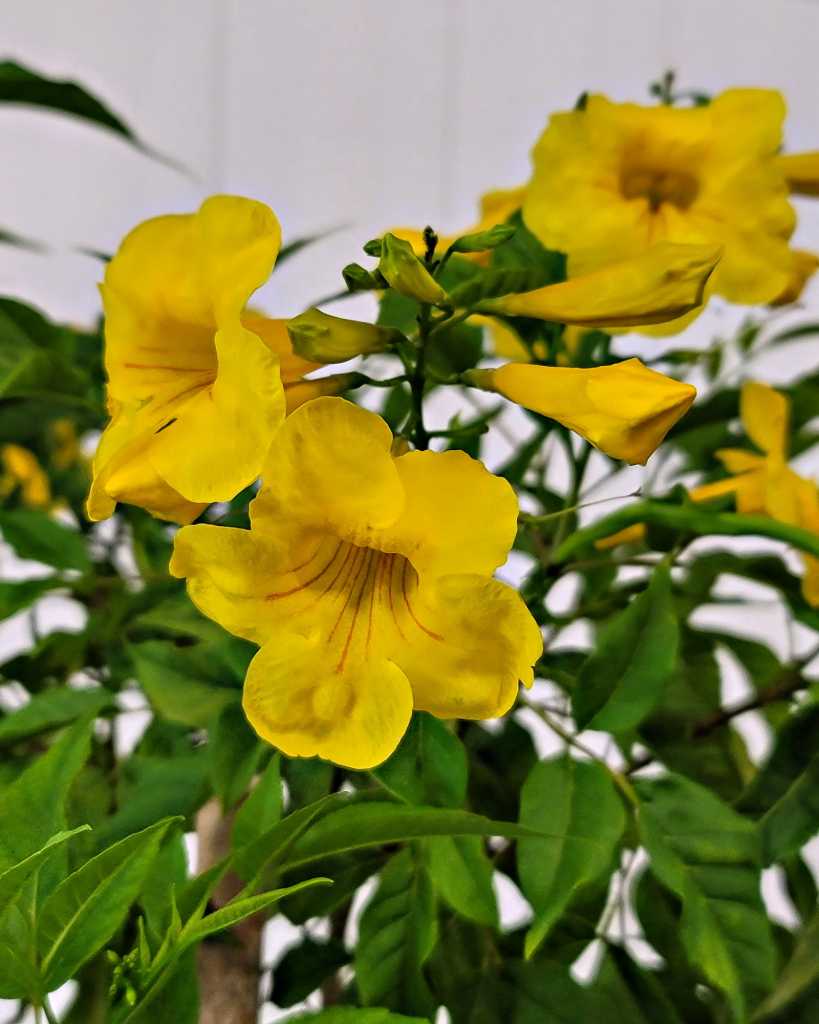
Tecoma stans ‘Yellow Elder’
Tacoma Stans (Tecoma stans)
Tacoma Stans, also known as Yellow Bells or Yellow Elder, is a sun-loving shrub native to the Americas. It produces clusters of bright yellow, trumpet-shaped flowers that are highly attractive to bees, butterflies, and hummingbirds. This plant thrives in full sun and well-drained soil, and it is drought-tolerant once established. Tacoma Stans is a fast grower and can be pruned to maintain its shape, making it a versatile choice for hedges, borders, or standalone specimens in the garden.
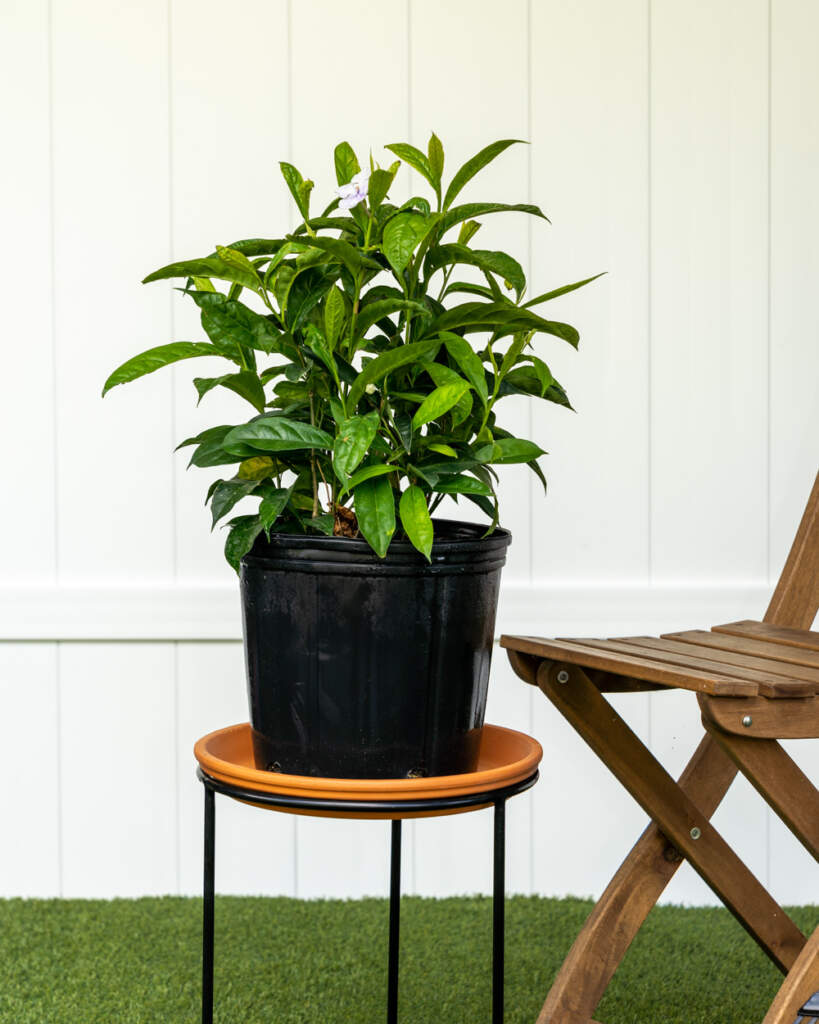
Yesterday-Today-Tomorrow
Yesterday-Today-Tomorrow (Brunfelsia pauciflora)
Yesterday-Today-Tomorrow is a captivating shrub native to Brazil. It is named for its flowers, which change color over three days: starting as purple, fading to lavender, and finally turning white. These blooms are highly attractive to bees and butterflies. This plant prefers partial shade to full sun and well-drained soil. It also enjoys regular watering but can tolerate short periods of drought once established. The continuous color-changing flowers provide a dynamic, ever-changing display in the garden, adding both visual interest and ecological benefits.
Click here to see all of the Pollinator-attracting plants available from PlantVine.
By integrating these diverse and beautiful plants into your garden, you can create a thriving habitat for pollinators while also enhancing the aesthetic appeal of your outdoor space. Each of these plants offers unique qualities that attract bees, butterflies, and other beneficial insects, ensuring a lively and colorful garden throughout the growing season. Visit PlantVine.com to explore these and other pollinator-friendly plants that will transform your garden into a vibrant, ecological haven. Happy gardening!


